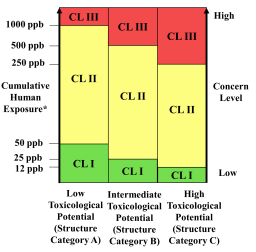Rebooting the generally recognized as safe (GRAS) approach for food additive safety in the US
Main Article Content
Abstract
The US Food and Drug Administration (FDA) has premarket review authority over food additives, but a food manufacturer may, according to the legislation, intentionally add a substance to human food or animal food without their
premarket review or approval if the substance is generally recognized, among qualified experts, to be safe under the conditions of its intended use. Generally recognized as safe (GRAS) implies that the current scientific community
agrees on the adequacy of how data is generated. This system has come under public pressure because of doubts as to its efficiency and the FDA’s recent GRAS rule is part of the response. The FDA guidance for testing food additives,
known as the “Redbook”, is about two decades old. Work toward a new “Redbook” is on the way, but the US Grocery Manufacturer Association (GMA) also has initiated the development of an independent standard on how to perform
GRAS determinations.
This review of the current guidance shows a very rigorous system for higher concern levels, but also many waiving options. Opportunities and challenges for safety evaluations of food additives are discussed. Where scientific progress
has allowed improving existing and adapting new methods, these should be adopted to improve product safety and animal welfare. The continuous adaptation of such improved methods is therefore needed. Especially, there are opportunities
to embrace developments within the toxicity testing for the 21st century movement and evidence-based toxicology approaches. Also, the growing understanding of the limitations of traditional tests needs to be considered.
Article Details
Articles are distributed under the terms of the Creative Commons Attribution 4.0 International license (http://creativecommons.org/licenses/by/4.0/), which permits unrestricted use, distribution and reproduction in any medium, provided the original work is appropriately cited (CC-BY). Copyright on any article in ALTEX is retained by the author(s).


